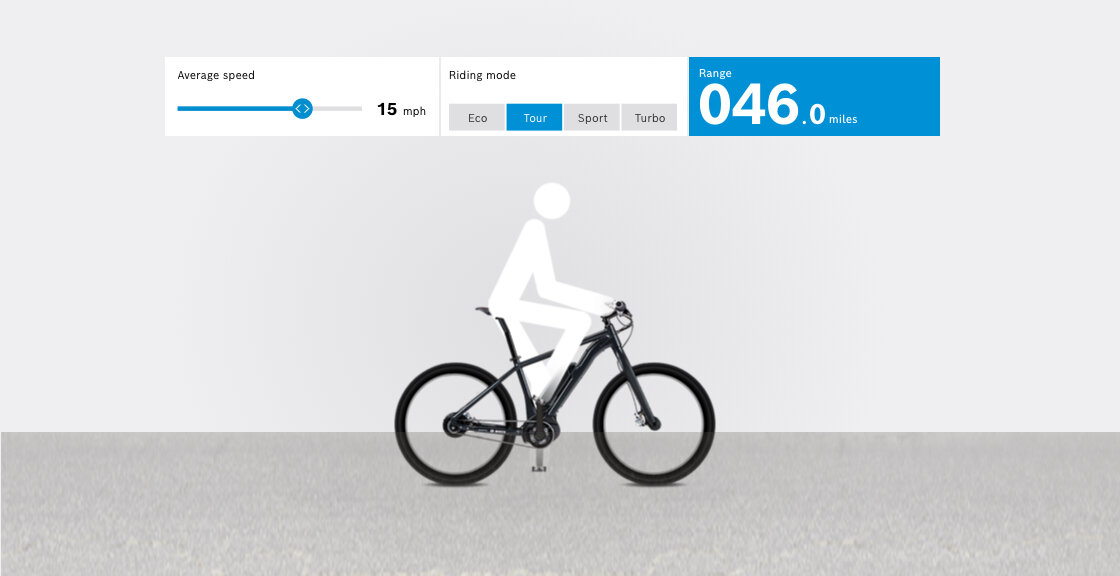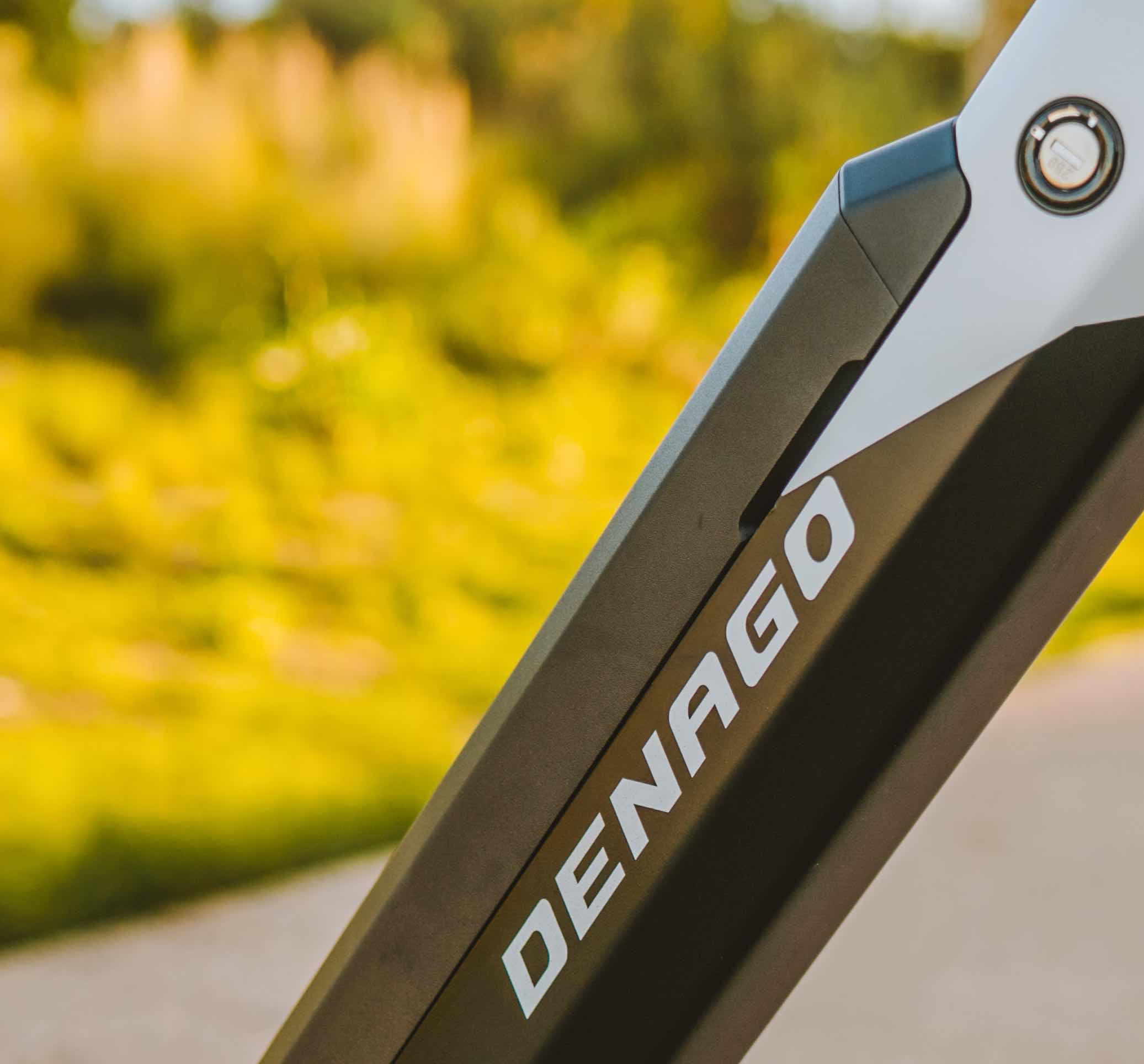I’m an above average anal person and the research I’m going with was the fact that it’s not worth the trouble doing the 80% method!
Charge it full, unless it’s going to sit long term, then make sure it’s at 50-60%, ride it all you can, charge it at room temperature!
Charge it full, unless it’s going to sit long term, then make sure it’s at 50-60%, ride it all you can, charge it at room temperature!


